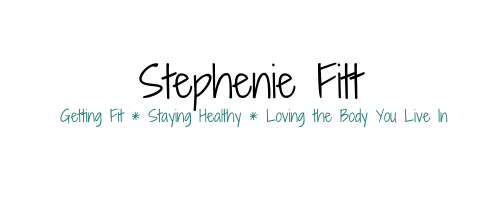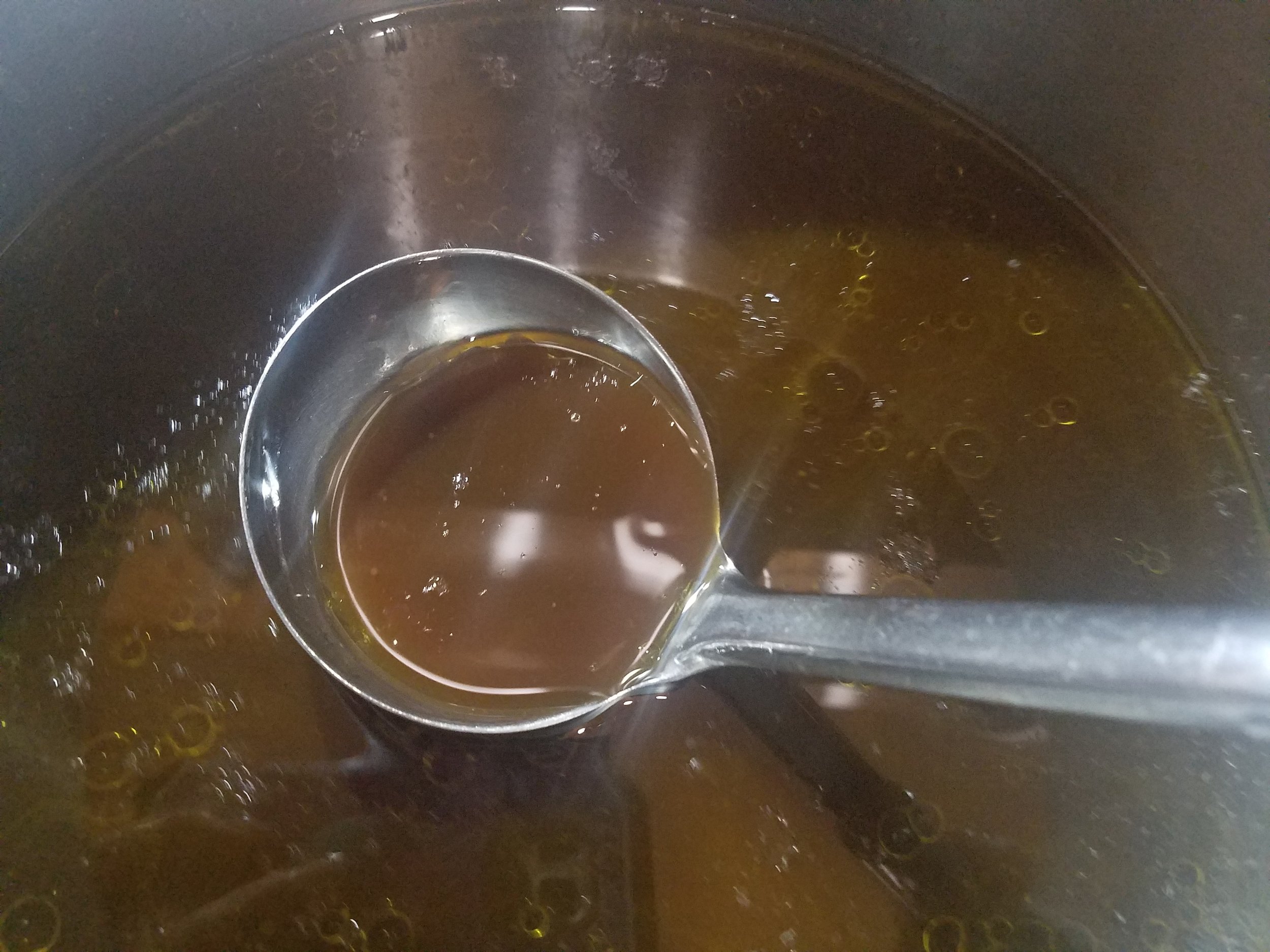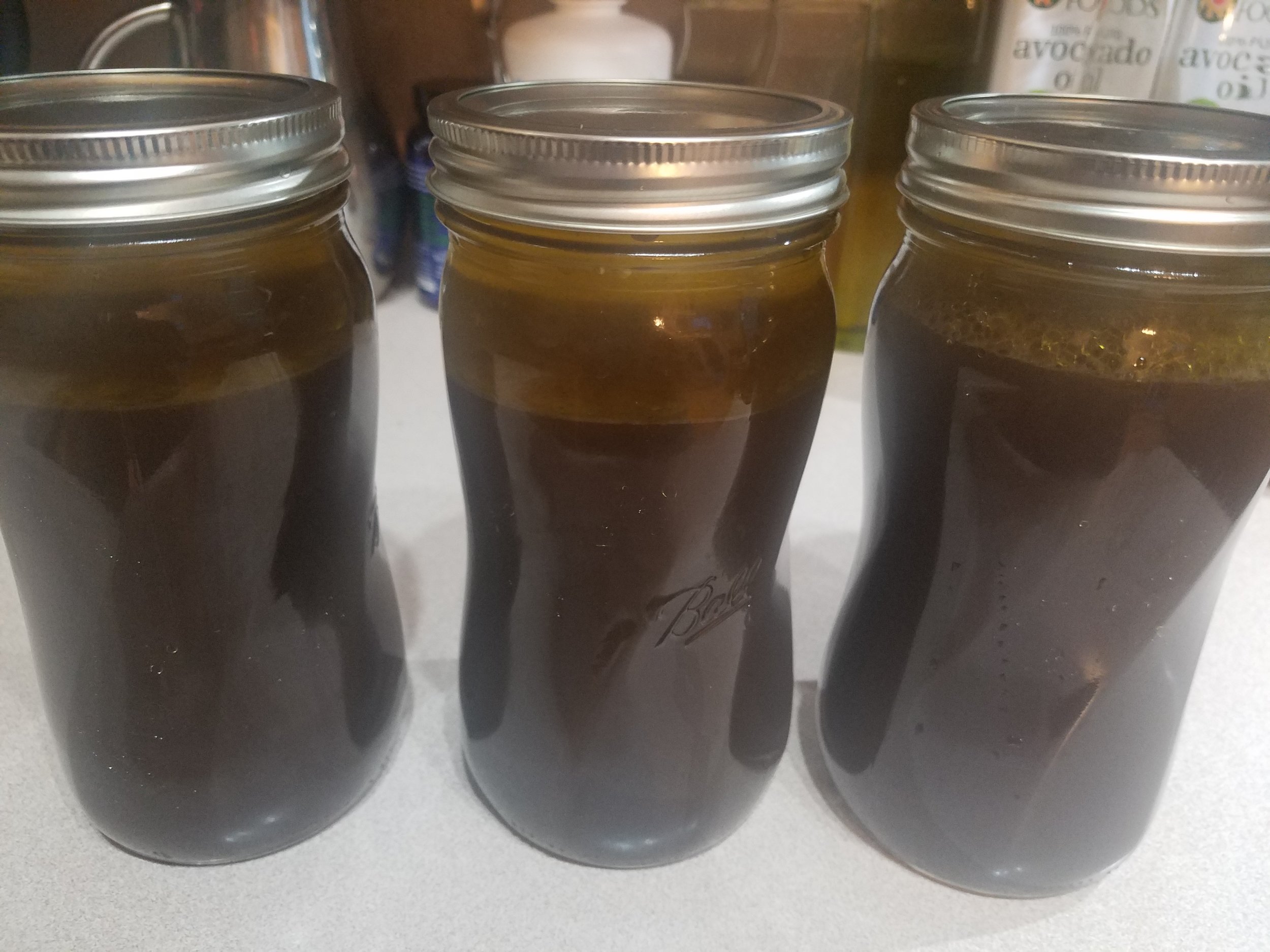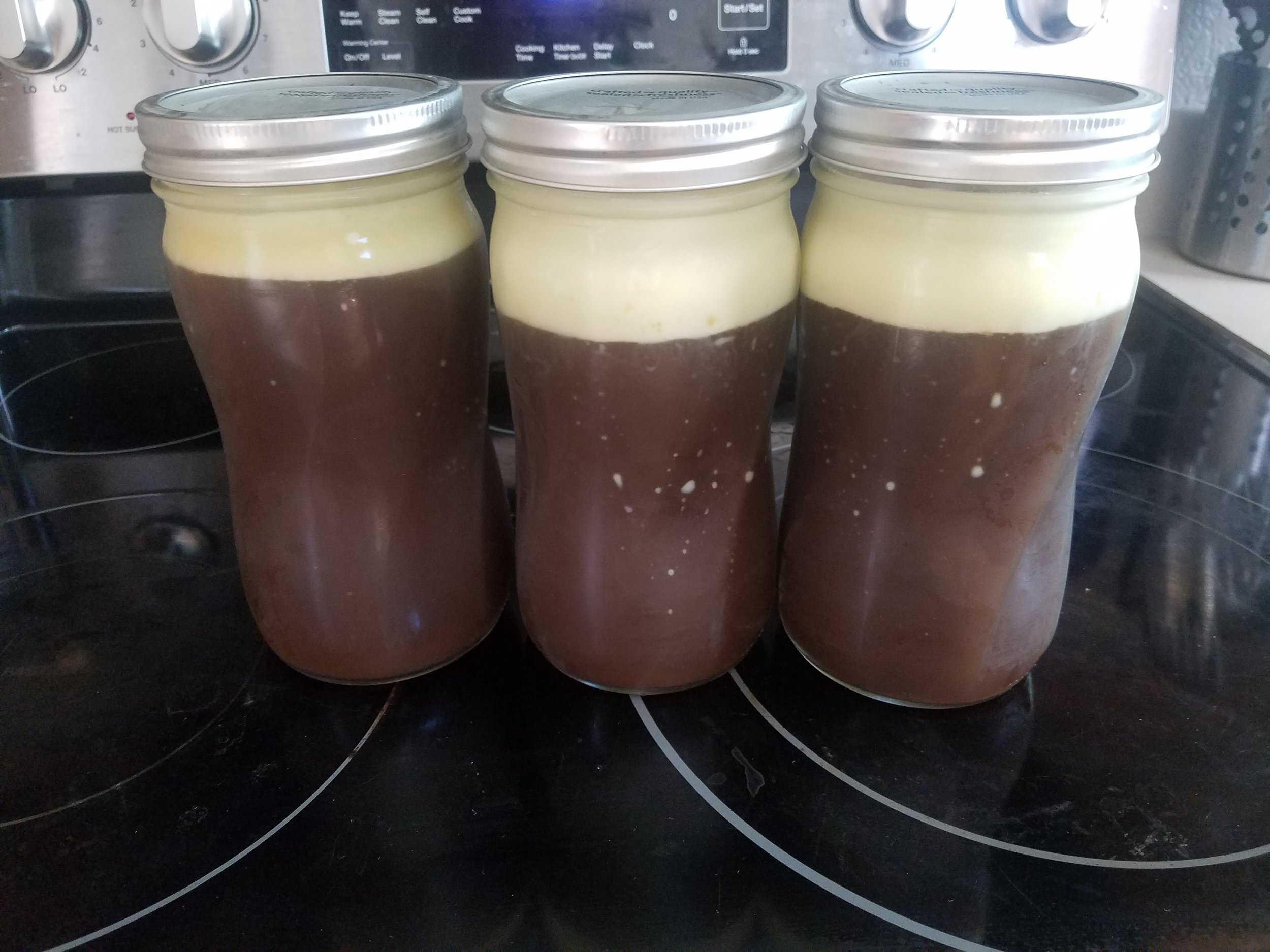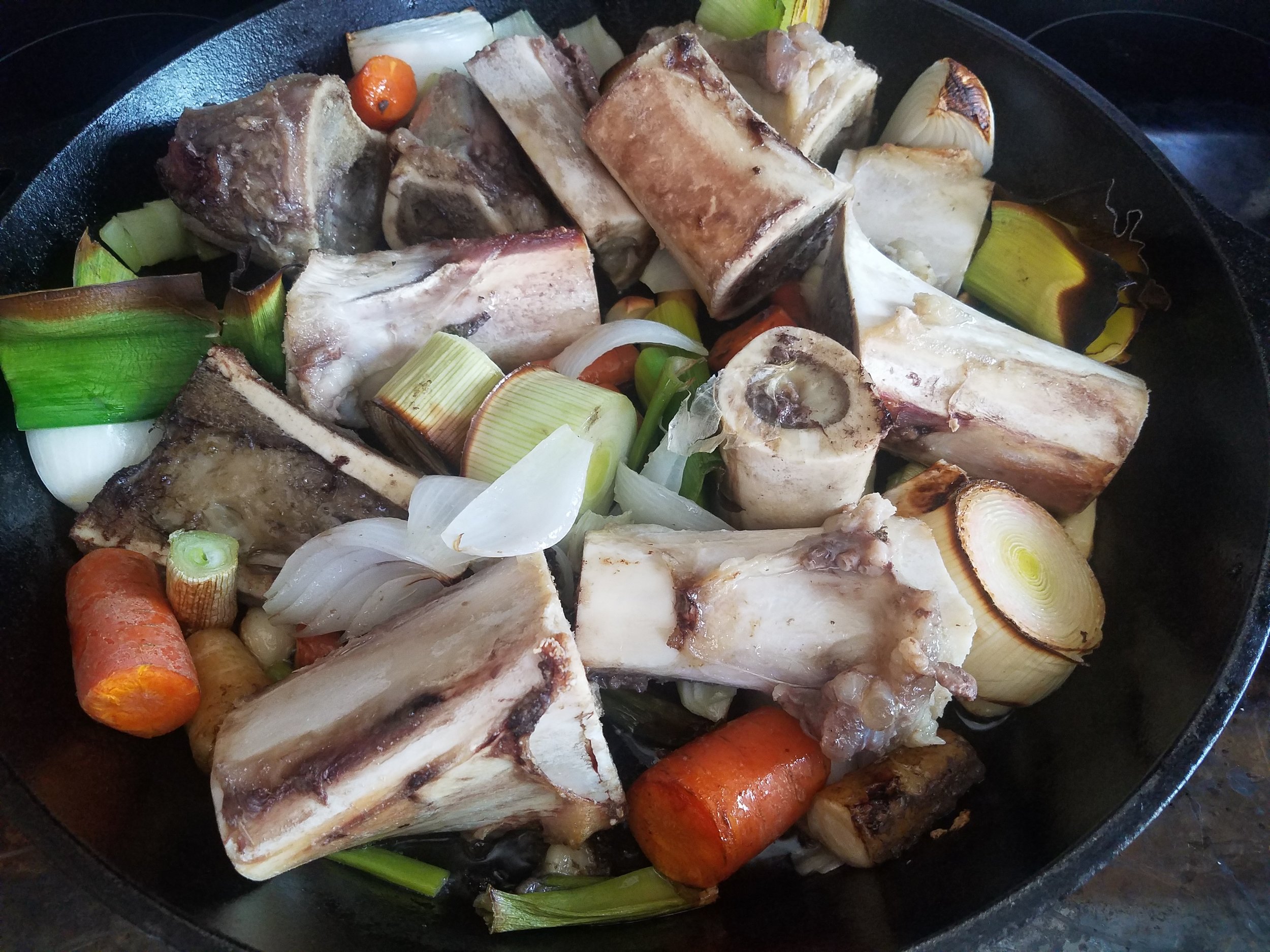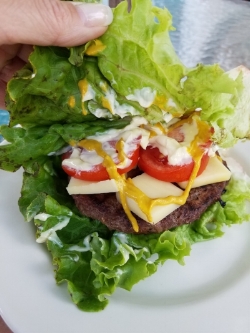Answering that phone call three years ago changed everything. Even after finding the lump; the labs, the mammograms, the ultrasounds, and eventually, the needle biopsy. I really never thought I would have cancer. Hearing those words, sitting down and struggling to find a pen to jot down appointments and pathology details, I couldn’t believe it. I had prided myself in living a healthy lifestyle and believed it would save me from just this sort of news.
That was the moment I “woke up.” In a moment my perspective shifted. Immediately, I was not the same person. Taking care of myself became a mission rather than a passion.
My prior efforts at eating healthy foods, exercising, stress-relief, relationships, and spirituality were based on the paradigm that I was a people pleaser. My life was about everybody else but me.
I ate according to the latest trends, not looking deeper than a news clip or what I read in the last magazine. I ate to look good, believing that the feeling good part of it was a bonus. I exercised hard with little or no rest, believing that at any moment, if I let down my guard, I would lose fitness, gain dreaded fat and be unhappy. Stress was a HUGE part of my life—working full-time, devoting many hours to church service, being the best wife and mother I could be. My relationships seemed great, but I was worn out and distracted, so I wasn’t always present with my husband and kids, and certainly didn’t have much time for girlfriends. My spirituality was based on what I’d been taught as a kid about right and wrong, and had long ago started to seem inauthentic, but I put my head down and forged ahead, because that was the “right” thing to do.
All these things I did to live up to the ideal I thought was expected of me. What I thought was living holistically was really just survival mode with a little flaxseed oil drizzled on top.
The phone call, the wake-up call, was what it took for me to turn the corner. It was just what I needed to shake away the fluff, clear my calendar, and whittle things down to what really mattered. Somehow the things took up brain space before simply disappeared. And the things that filled my time and my thoughts were the most important things of all. Life, breath, family, time, taste, laughter, peace.
Slowly, as I recovered from surgery and met with a naturopathic physician for the first time, I began to develop a plan for the rest of my life.
I was introduced to eating a plant-based, anti-inflammatory diet. Lab testing revealed weaknesses and so I began supplementing with vitamins, minerals, and the like. More testing revealed I had high loads of several heavy metals, and chelation became a monthly occurrence. I was dehydrated, exhausted, and experiencing post-traumatic stress from my health scare, so I slept. Lots. I started saying no to just about everything, making time for down time, family time, me time. Taking walks before had been cheating, or a second workout because just walking wasn’t “enough,” but now I relished every step, every breath, every flower, tree, blade of grass I noticed along the way. I read books, watched silly movies, laughed, cried, experienced life. I sat for hours on our back deck with my husband; literally just sitting, not worrying about all I “should” be doing. All the while, healing.
That was three years ago, and I’m happy to say, most of what I implemented is still in place. Living holistically, or rather, finding health through the balance of social/spiritual, physical, and mind/body is still my focus at present. “Unlike machines, humans have personalities, thoughts, feelings, and emotions all of which can profoundly affect our resistance to illness and our ability to heal ourselves,” (Robison, Wolfe, & Edwards, 2004, p.13).
This idea that we are so much more than our physical selves is an important concept in holistic health. What we eat, when we eat, with whom we eat—all matter when it comes to optimal health. As much as we hear the term, “You are what you eat,” holistic nutrition adds the concept, “You eat what you think you deserve” (Margel, 2005). Treating ourselves with respect through our eating habits is a concept often missing in mainstream diet and nutrition advice.
The activities we choose to participate in, the social relationships we nurture play into this concept as well. Our decisions about health and nutrition are influenced by the people we spend time with and by the way we spend our time. Eating a variety of nutrient-dense foods in a loving and caring atmosphere does wonders for the body, and our positive experiences surrounding our food choices then continue to influence future choices. My family jumped on board with many of the changes I made to my nutrition, and we enjoy healthy, nutritious meals together with much laughter and good conversation.
Rather than rely on packaged, boxed, processed foods that are indeed quicker and easier to fix, I focus on eating whole foods as close to their natural form as possible, with as little processing as possible. It takes time to plan, prepare, and shop for nutrient-dense meals, and I admit I spend more time chopping and preparing food than I used to. It’s a sacrifice I readily make because I believe in the body’s ability to heal itself through food.
Saying NO is a big part of holistic living for me now. Turning down invitations to some social events, stepping down from committees and leadership positions at work, and really thinking through each and every opportunity to serve others was challenging at first. But by putting my health and my family first, saying, “No thank you,” to the many opportunities for good and better ways to spend my time, I freed myself up for nothing but the best. For the first time in a long time, I have free time. I have control over how I spend my time. The fear of missing out has left me and in its place is peace and contentment.
Adding in the mind/body aspect of holistic health has been an adventure, too. Regular, consistent yoga practice has helped me process physical and emotional pain that would have otherwise remained bottled up and toxic in my body. I call it my therapy-- yoga compels me to breathe through challenges, to get up when I fall down, to try scary things, to fail and it be okay, to turn inward and trust myself, to not compare myself to others, to appreciate the small victories, and to tune in to my own inner navigation system. Adding meditation to the mix on a regular basis has helped me focus, concentrate, relax, let go, and appreciate stillness. As someone who feels the need to go full speed ahead to feel productive, these practices have taught me patience and a newfound respect for my own personal strength.
I’ve always enjoyed learning, but after my diagnosis I threw myself into reading, studying, and listening to everything I could find about healing the body from the inside out. My world was opened to experts I’d never heard of, to new concepts, to the science behind holistic health. I learned to personalize the things I learned, to think for myself and to apply the principles that would work best for me. The term, “nutrigenomics” was new for me, but the concept made perfect sense. The idea that the food we eat can affect the way our genes are expressed excited me, empowered me. My ultimate goal is to develop a personalized nutrition strategy for optimal health and disease prevention (Pryce, 2015) and to take ownership of my body’s healing and health. What works for one person won’t necessarily work for the next, and so the responsibility of nutrition and lifestyle choices shifts to the individual. I believe this is a simple but powerful truth.
If I could go back and make it so my cancer diagnosis didn’t happen, make it go away, I’m not sure I would at this point. I’m not the same person I was before that phone call. I like the person I’ve become. Facing my fears, changing my lifestyle, learning so many new concepts, meeting new people, making scary decisions, shifting my life focus, going back to school—all are because of this terrible moment in my life. By taking action under enormous stress I feel empowered, stronger, more capable. None of us are guaranteed tomorrow. It’s what we do with today that matters. Living a holistic lifestyle has helped me to enjoy the moment, to savor the now, to appreciate the small, simple things in life. And in this I feel more powerful and alive than I’ve ever felt.
References
Margel, D. L. (2005). The nutrient-dense eating plan: a lifetime eating guide to exceptional
foods for super health. Laguna Beach, CA: Basic Health Publications.
Pryce, A., (2015, January 20). Nutrigenomics: How food affects our genes with Andrea Pryce,
ND – Parts I, II [webinar]. Retrieved from Hawthorn University Student Portal.
Robison, J. I., Wolfe, K., & Edwards, L. (2004). Holistic Nutrition: Nourishing the Body, Mind,
and Spirit. Complementary Health Practice Review,9(1), 11-20. doi:10.1177/1076167503252945
